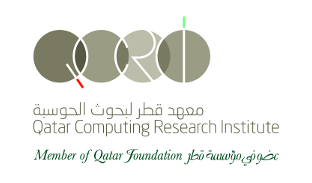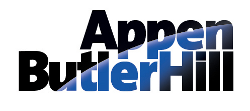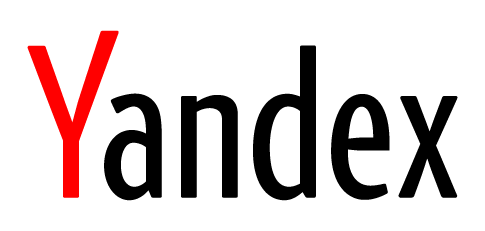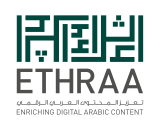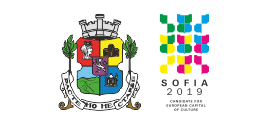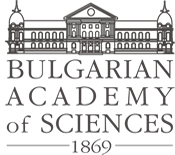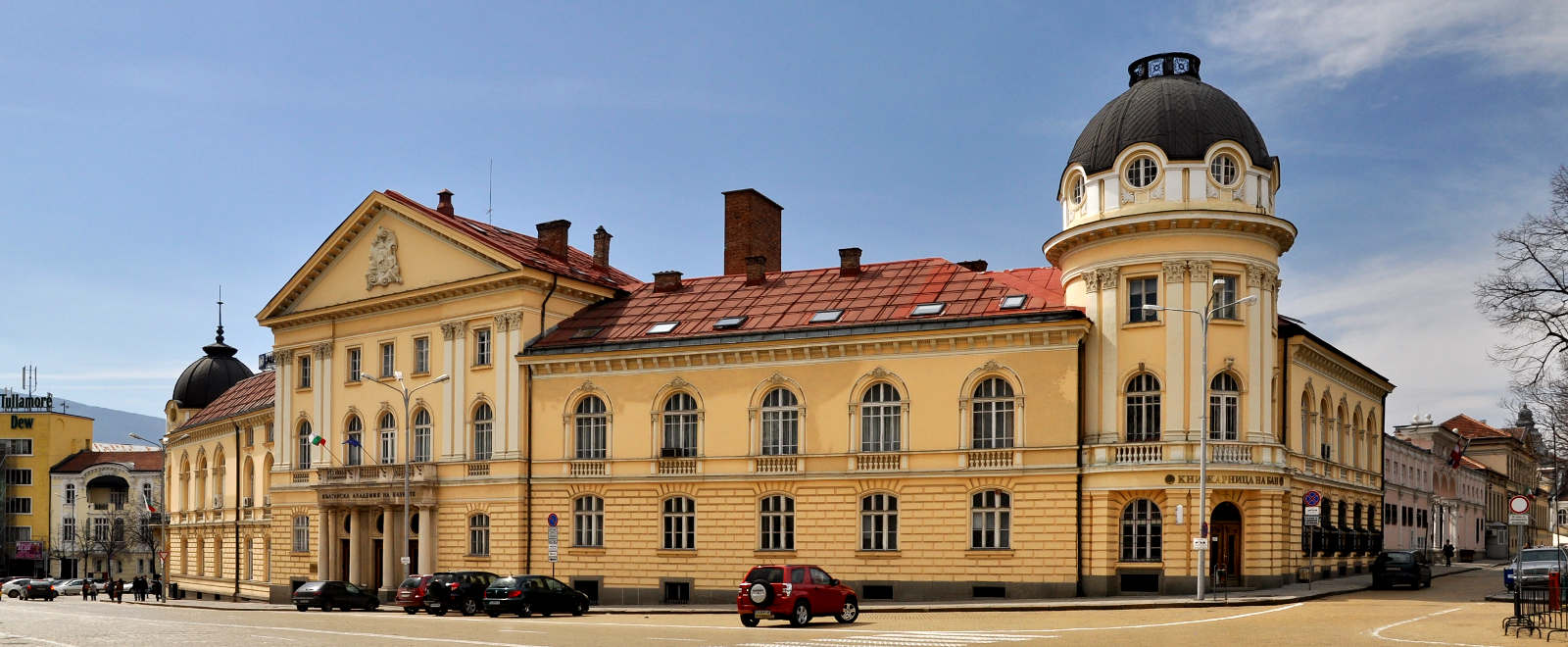
The mathematics of language learning
Over the past decade, attention has gradually shifted from the estimation of parameters to the learning of linguistic structure (for a survey see Smith 2011). The Mathematics of Language (MOL) SIG put together this tutorial, composed of three lectures, to highlight some alternative learning paradigms in speech, syntax, and semantics in the hopes of accelerating this trend.
Given the broad range of competing formal models such as templates in speech, PCFGs and various MCS models in syntax, logic-based and association-based models in semantics, it is somewhat surprising that the bulk of the applied work is still performed by HMMs. A particularly significant case in point is provided by PCFGs, which have not proved competitive with straight trigram models. Undergirding the practical failure of PCFGs is a more subtle theoretical problem, that the nonterminals in better PCFGs cannot be identified with the kind of nonterminal labels that grammarians assume, and conversely, PCFGs embodying some form of grammatical knowledge tend not to outperform flatly initialized models that make no use of such knowledge. A natural response to this outcome is to retrench and use less powerful formal models, and the first lecture will be spent in the subregular space of formal models even less powerful than finite state automata.
Compounding the enormous variety of formal models one may consider is the bewildering range of ML techniques one may bring to bear. In addition to the surprisingly useful classical techniques inherited from multivariate statistics such as Principal Component Analysis (PCA, Pearson 1901) and Linear Discriminant Analysis (LDA, Fisher 1936), computational linguists have experimented with a broad range of neural net, nearest neighbor, maxent, genetic/evolutionary, decision tree, max margin, boost, simulated annealing, and graphical model learners. While many of these learners became standard in various domains of ML, within CL the basic HMM approach proved surprisingly resilient, and it is only very recently that deep learning techniques from neural computing are becoming competitive not just in speech, but also in OCR, paraphrase, sentiment analysis, parsing and vector-based semantic representations. The second lecture will provide a mathematical introduction to some of the fundamental techniques that lie beneath these linguistic applications of neural networks, such as: BFGS optimization, finite difference approximations of Hessians and Hessian-free optimization, contrastive divergence and variational inference.
In spite of the enormous progress brought by ML techniques, there remains a rather significant range of tasks where automated learners cannot yet get near human performance. One such is the unsupervised learning of word structure addressed by MorphoChallenge, another is the textual entailment task addressed by RTE. The third lecture recasts these and similar problems in terms of learning weighted edges in a sparse graph, and presents learning techniques that seem to have some potential to better find spare finite state and near-FS models than EM. We will provide a mathematical introduction to the Minimum Description Length (MDL) paradigm and spectral learning, and relate these to the better known L1 regularization technique and sparse overcomplete representations.
For feedback about ACL 2013, please email: acl2013.conference@dcl.bas.bg
© Copyright ACL2013.ORG All Rights Reserved.





